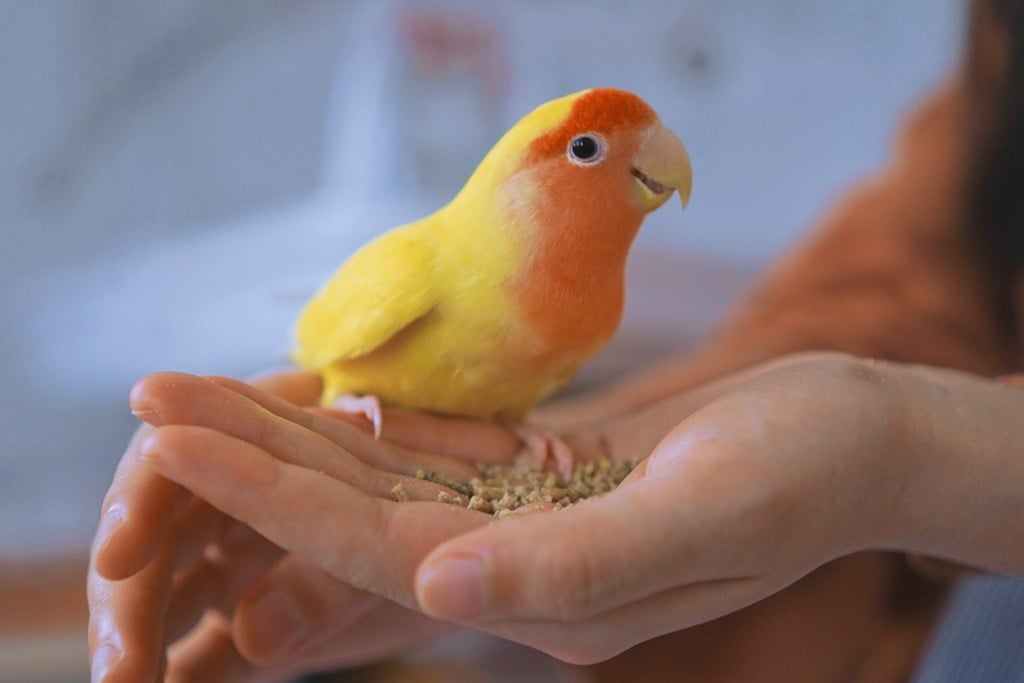The short answer is yes, you can bring your pet from the US into Italy, however you must be prepared for a lot of different rules and paperwork.
Under current EU legislation, you can move up to five pets with you to Italy, including dogs, cats or ferrets.
If you want to bring more than five, you’ll need to meet additional requirements including undergoing veterinary checks at border control posts on arrival Italy, as the law only extends the limit if the animals are to be used for exhibitions, competitions or sporting events.
READ ALSO: Moving to Italy with pets? Here’s what you need to know
Other types of pets, such as birds, ornamental aquatic animals, reptiles, rodents or rabbits have different rules – check the relevant sections on the websites of the Italian Ministry of Health and US Department of Agriculture (USDA)’s Animal and Plant Health Inspection Service (APHIS) for their entry requirements.
The rules
The following requirements are necessary for travel into Italy with your dog, cat or ferret.
- They must be identified by a microchip (or a clearly legible tattoo if applied before July 3rd 2011).
- The animal must be at least 12 weeks old, as this is the age at which a rabies vaccine can be given.
- Your pet must have a valid rabies vaccination. If it is their first vaccination against the virus, you must wait 21 days between the last shot of the vaccination before entering Italy.
- You must get an official health certificate from a USDA-accredited veterinarian.
- The official health certificate must then be endorsed (countersigned and embossed/stamped) by the USDA APHIS no earlier than ten days (unless they are travelling by sea – see below) before your pet’s arrival in the EU.
- You can find a State-by-State list of USDA offices here.
- USDA endorsement is required for all certificates except those issued by military veterinarians for dogs, cats and ferrets.

How long is the certificate valid?
The official health certificate for dogs, cats and ferrets will be valid for 10 days from the date of endorsement until the date of arrival in Italy – or any EU port of entry. For maritime travel, the 10-day window is extended for a period equal to the duration of the voyage.
READ ALSO: From barking to cleaning: The culture shocks to expect if you own a dog in Italy
This certificate continues to be valid for the purpose of further movements within the EU for up to four months from its date of issue.
If transporting other animals such as birds, rabbits, rodents, amphibians or reptiles, the health certificate must be issued and endorsed by the USDA APHIS no earlier than 48 hours before leaving the US.
Entering Italy
Over 40 airports and 20 ports are approved entry points for pets arriving in Italy under Ministry of Health guidelines; you can find these listed here.
READ ALSO: What you need to know about microchipping your pet in Italy
If bringing more than five pets, you’ll need to go through a border control post.
Pets can travel in the cabin, as checked baggage or air cargo, however you must check the rules with your individual airlines as some may vary.
Quarantine
Pets do not need to quarantine, as long as all entry requirements are met.
Other pets
If your pet is not one of the usual pets such as a dog, cat or ferret and is something such as a turtle or a parrot, you may need to verify that it is not protected under the Convention of International Trade of Endangered Species of Wild Fauna and Flora (CITES). If it is, you may need an extra permit.
If you are travelling to Italy with a bird then there are additional rules, as well as the ones above on health certificates.
READ ALSO: Five things to know if you’re moving to Italy with your dog
- You must provide an Owner’s Declaration along with the health certificate
- Your bird must have undergone isolation for 30 days prior to travel
- Or it must have undergone at least 14 days of isolation from other birds before leaving the US and been tested for avian flu H5 and H7 antigens or genomes with a virus isolation or RT-PCR test at least seven days after the start of the isolation period
- Or it must be quarantined upon arrival in Italy in a registered facility for at least 30 days
- Or you must have a derogation from the Italian government

The paperwork
The application and declaration form required for entry into Italy can be found here.
READ ALSO: EXPLAINED: Do renters in Italy have the right to keep pets?
Travel within the EU
Once in Italy, you can apply for a European pet passport, which allows pets to move freely within the EU.
The document is a small blue booklet, identical for all countries within the EU, and is written in both English and the issuing country’s language. It lasts for the duration of the pet’s life and will have a unique ID number.
Heading back to America
Remember, that if you’re staying in Italy temporarily, you’ll need to take your pet back into the US from Italy – and there are several rules and documents to fill out there too.




 Please whitelist us to continue reading.
Please whitelist us to continue reading.
USDA/APHIS vets’ submittal process is online. APHIS has 30 day window from exam to process certificate (5-7 days).
You specify date needed. FedEx fees can be in vet exam/submittal, paid ahead. Ticket: 4 pets total on any plane, limits differ per class & 2 pets/2 escorts, so may sit separately. Use agent to book EARLY. Get change/refund ticket (may change a lot). Avoid aisle & over wheel seats. Vets meds only to calm, not anesthetize, test before flight.